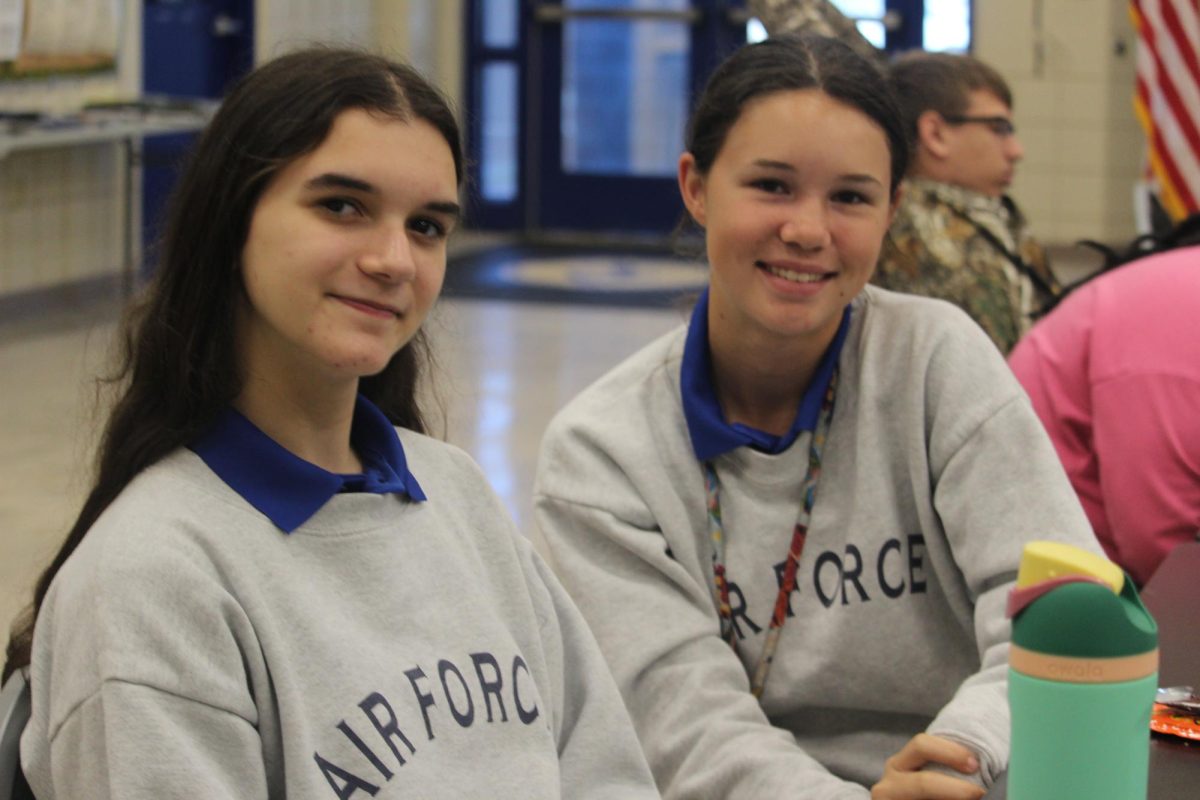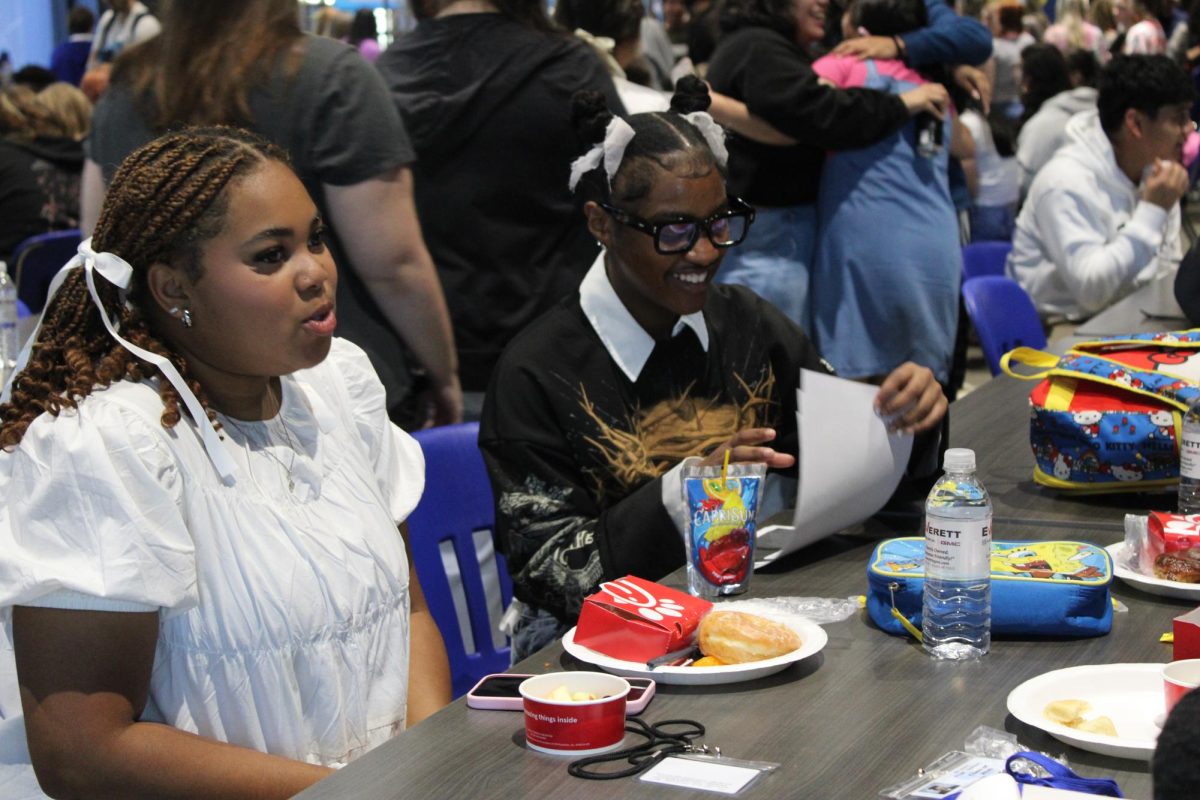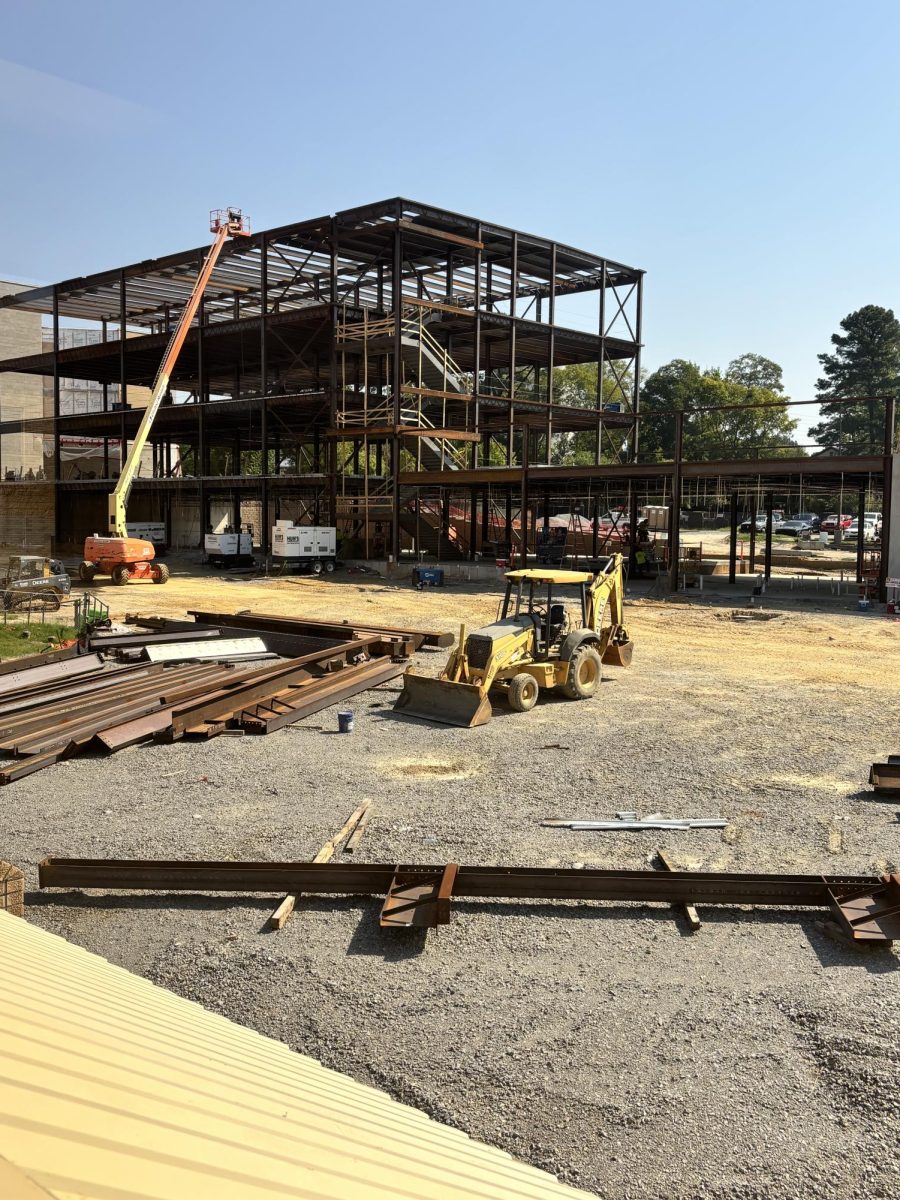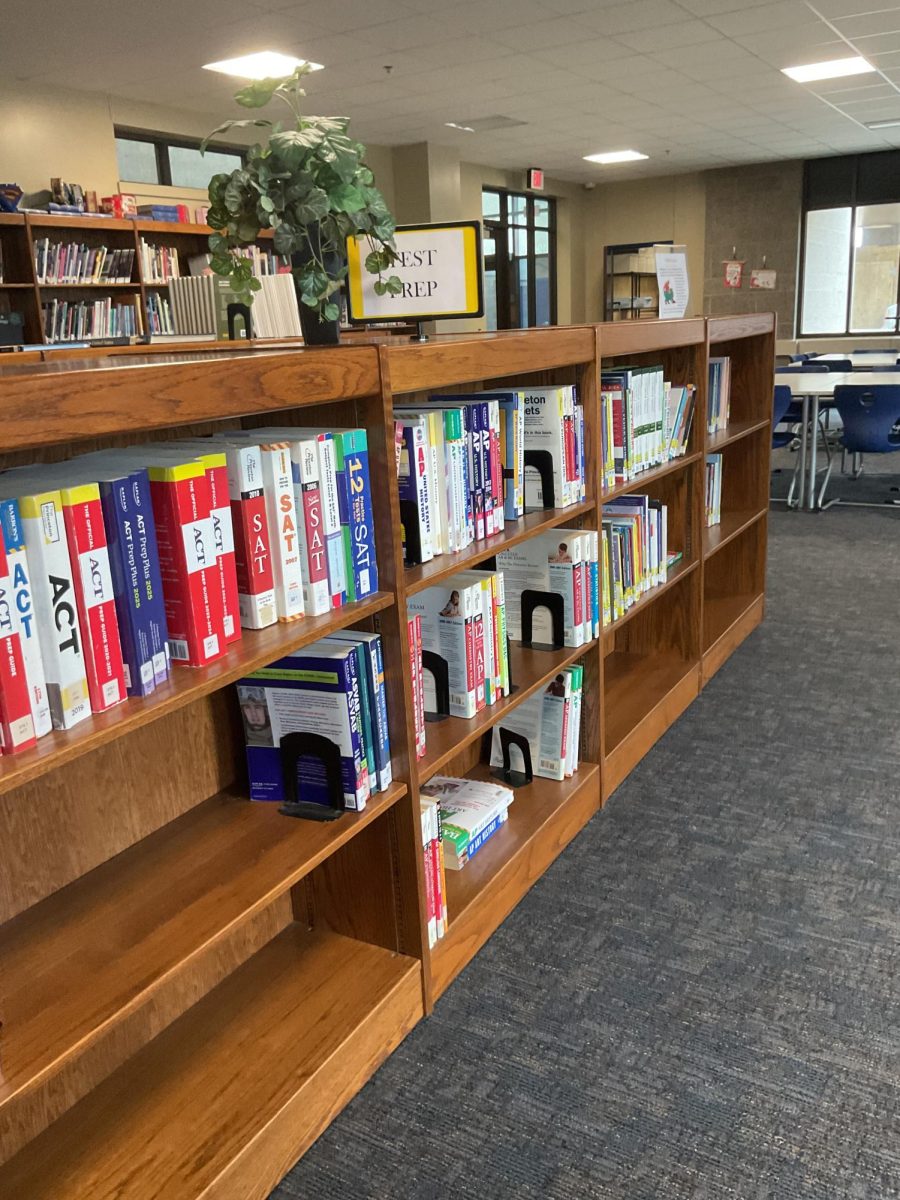
At 3 am, Superintendent Dr. Tom Kimbrell, director of transportation Tom Farmer, assistant superintendent Don McGohan and faculty from Paron schools are out checking winter weather road conditions to decide whether school will be open or not.
The call on whether or not school will be in session is made by 5 or 5:30 A.M. Popular media stations are contacted by McGohan and Twitter pages are updated with the news of the cancellation. Text messages are also sent out to parents who signed up for the text message alerts from the school.
“I’m up at 12:15, 1:15, 2:15 checking to see what the weather is like,” Kimbrell said. “These are one of the things that get harder with age. Getting out at 4:30 now is not nearly as fun as it was when I was 32.”
Though many see snow days as a day off, Farmer said shutting down school isn’t a simple task.
“People do not realize what has to happen to cancel school. It is more that just saying we are not having school today,” Farmer said.
Farmer said it is most difficult when the weather forecast calls for winter weather, but nothing is on the ground when it is time for buses to run. He recalls a time when they canceled school in a moment like this.
“It has been about 15 years back when we canceled school, and I am in my office, and there is nothing on the ground or falling, and it is noon. The weather people are saying it is going to hit, and hit big, but it is still warm and nothing is on the ground. People were very upset with the decision,” Farmer said.
By 12:30, snow had begun to fall and stick to the roads, and the roads were covered by 1:30. Farmer said a few inches of snow were on the road by 4, and it was hazardous to get home that afternoon.
“The right decision had been made after all because it hit so fast that it caught people a little by surprise even though it had been forecasted that morning,” Farmer said. “No matter what decision is made, someone is going to think it is wrong, but when you lean to the safety of students, you cannot go wrong.”
Kimbrell said his main concern is the safety of the students.
“Bus riders, car riders and ones that drive themselves,” Kimbrell said. “People get crazy and panicky when they drive on ice.”
When the weather gets bad after the school day starts, administration has a few problems to think about before sending students home during the day.
Will the parents of the students be home to accept the students?
How quickly can we get the drivers here and ready to go?
“Even with all the modern communication that we have, it still takes a few minutes to make sure that everyone is notified in a timely manner,” Farmer said. “Look at the number of families that have to be communicated with, the number of school employees that have to be notified as to what is going to be done and the number of bus drivers that we have to get back to school to make it all happen.”
According to the long term forecast from all the weather stations, this winter will be colder that usual.
“The Farmer’s Almanac (I am old, but I did not write this, by the way) does call for some winter participation, though,” Farmer said. “It is one of those things that we monitor and adjust on a daily basis based on what is given to us by the good Lord.”






